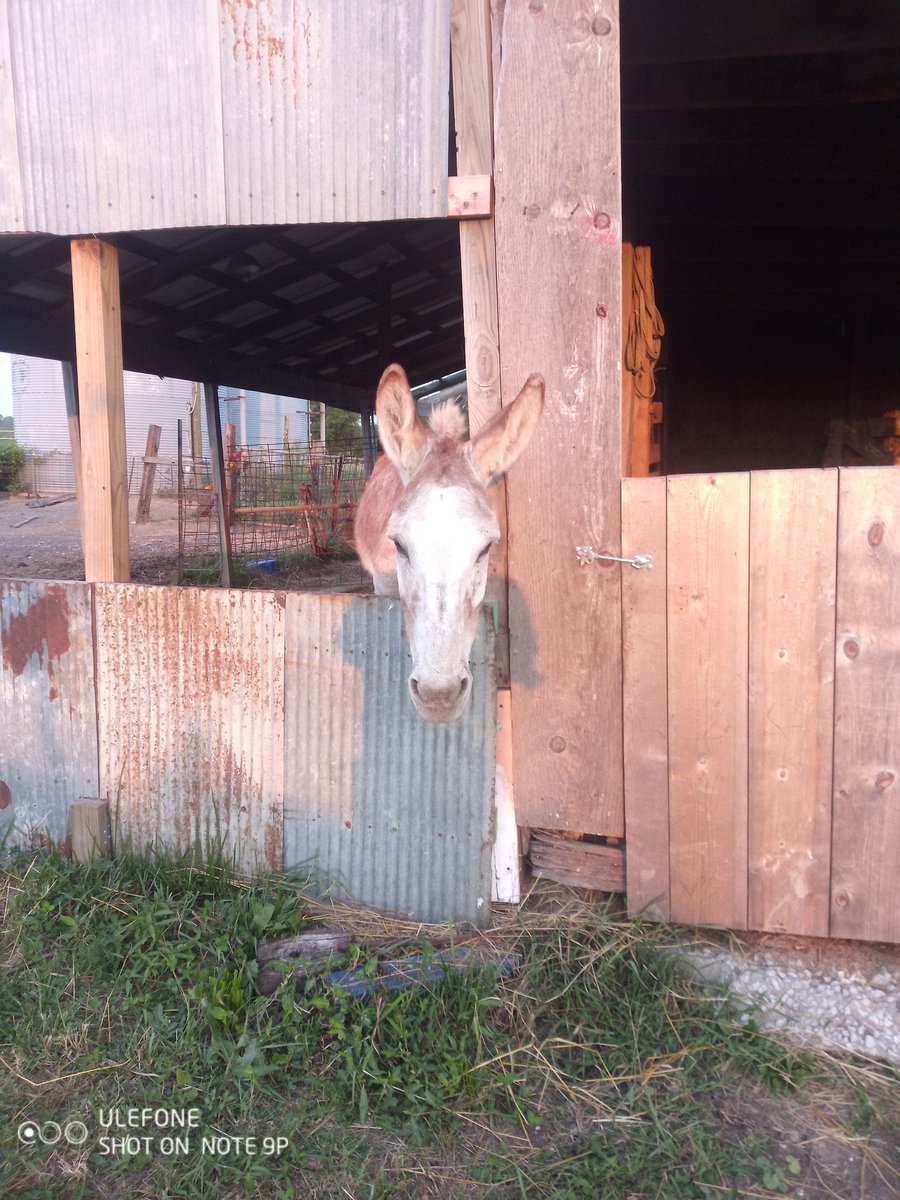
Manure spreader, part II
Here's what it looks like put together. Tows by the tongue on the left here.
Here's what it looks like put together. Tows by the tongue on the left here.

This is inside the box. These chains, driven by one wheel, pull these green bars to the left in this pic, dragging the manure towards the back.
Manure is not just shit. It's shit and waste feed, hay / grass, probably some urine (high nitrogen) soaked into the waste material.
Manure is not just shit. It's shit and waste feed, hay / grass, probably some urine (high nitrogen) soaked into the waste material.

This part is called a "beater." It's at the back end. It spins like propellers, tears up the manure (including grass material) and throws it out in a fan shape of small portions. 

The machine is "ground drive," which means the energy to move the parts comes from the forward motion, through the wheels. That's why it has tractor looking tires, for drive traction.
You can tow this spreader with a 10 HP or higher lawn tractor. Or two donkeys.
You can tow this spreader with a 10 HP or higher lawn tractor. Or two donkeys.
The left hand wheel drives a chain which spins the beater. Same general principle as a bicycle chain, but heavier. One of the front levers engages and disengages this drive. It's on or off, no variable gear to it except your ground speed. 

The apron chain in the bottom doesn't move steadily, it's driven stepwise, click, click, click, an inch or so per click. This wheel drives a propeller looking 4 spoke thing which makes the mechanism move. Doesn't show very well, sorry.
It has two speeds, adjustable by the lever.
It has two speeds, adjustable by the lever.

You can buy these set up to be towed direct by animals, or with this shorter tongue for tractor towing. I chose the short tongue, as many animal farmers today would. This way I have more options. The Ventrac will tow it too. 



It has been my plan for some time to weld a tow bar onto thr axle of the work cart, to make it into what's called a forecart, which enables animals to tow small tractor equipment. It will weld on here, maybe tomorrow, depending on the day. 

I'll also mount some hangers to the drawbar, and support its outer end by bolting it to the steel frame of the cart bed. 



It will live here, alongside the wall to the stall, where I clean out manure at least once every day. I'll be able to dump directly into the spreader, and then spread every time it gets full or full-ish. 

I've got a big pile of manure in the yard, which I've been accumulating while I've been looking for a satisfactory manure spreader in the size range I need. It will be a while before I get this all removed. One bite at a time.
Progress.
Progress.

• • •
Missing some Tweet in this thread? You can try to
force a refresh











